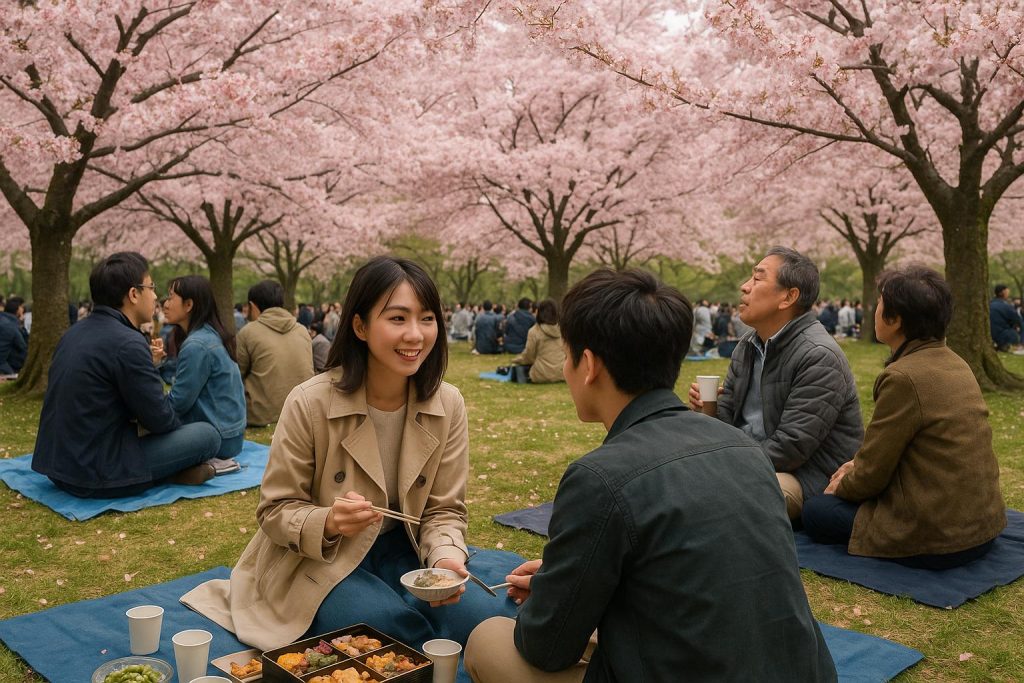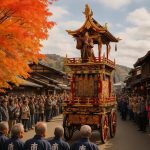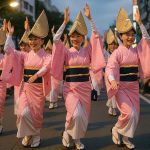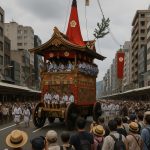Understanding Hanami
The concept of Hanami, which translates literally to “flower viewing,” is more than just a simple event; it is a deeply ingrained cultural practice in Japan. Primarily focused on the cherry blossoms, or sakura, hanami is a tradition that dates back centuries, with roots in the Nara Period (710-794 AD). Through the ages, this activity has become intertwined with artistic expression, poetic creation, and a reflection on the ephemeral nature of life itself.
Cherry Blossom Season
The cherry blossom season holds significant importance in Japan, acting as both a herald of spring and a cultural touchstone. Typically occurring between late March and early April, the timing varies depending on geographic location and prevailing climatic conditions. In recent years, climate change has played a role in altering traditional cherry blossom timelines, prompting earlier blooming in some areas. This brief moment when the blossoms are in full bloom is celebrated through numerous hanami festivals across various Japanese cities, offering participants a chance to engage in a rich tapestry of traditional customs.
Hanami Practices
Hanami celebrations often involve gathering beneath blossoming cherry trees, either in serene parks or along picturesque riverbanks. These gatherings can range from intimate picnics to larger social events, all centered around the appreciation of nature’s beauty. It is customary to partake in traditional foods and beverages during these gatherings, with sake being a popular choice. The cultural practice transcends age and social demographics, with groups such as businesses, schools, and families organizing events to collectively partake in the joy of hanami.
Popular Locations for Hanami
Japan offers a multitude of renowned spots perfect for cherry blossom viewing. Among the most beloved locations for hanami are:
- Hokkaido: This region is celebrated for its late-blooming cherry trees, providing an extended hanami experience well into May.
- Tokyo: Known for iconic spots such as Ueno Park and Shinjuku Gyoen, offering dazzling displays of cherry blossoms that attract countless visitors every year.
- Kyoto: Famous sites like Maruyama Park and the Philosopher’s Path present idyllic settings for enjoying hanami.
- Hiroshima: The Hiroshima Peace Memorial Park provides a poignant, scenic backdrop for the cherry blossoms.
Cultural Significance
The cultural significance of hanami is profound and multifaceted. It has been a source of inspiration for countless artists, poets, and musicians across the ages. The cherry blossom is imbued with symbolic meaning, representing hope and renewal, as its blooming marks the arrival of spring. The practice of hanami transcends the mere appreciation of nature; it is a celebration of life’s transient beauty. The fleeting nature of the cherry blossom serves as a poignant reminder to observers of the impermanence of life, encouraging them to savor each moment.
Seasonal traditions influence various aspects of Japanese lifestyle, making hanami not just a simple pastime but a reflection of the cultural ethos. Its integration into Japanese art forms, including paintings and printwork, highlights its significance. While in ancient times, hanami was an event exclusive to the elite where aristocrats would compose poetry amongst the blossoms, today, it is a democratized celebration. Everyone can partake in hanami, demonstrating its universal appeal and importance to Japanese society.
The integration of hanami into modern Japanese life illustrates its enduring legacy. Schools and public institutions often participate in hanami activities, reflecting the pervasive nature of this tradition. For many families, hanami is an annual event, serving as an avenue for bonding and creating cherished memories. Beyond its social aspects, hanami also contributes to the economy, bolstering tourism as people from around the world travel to Japan to witness the sakura in full bloom.
Despite its sturdy roots in tradition, hanami has evolved, adapting to the changes brought by modern society. For instance, the advent of social media has transformed hanami into a global phenomenon, with images and stories shared worldwide, further spreading its appeal. This adaptability ensures that hanami continues to thrive, resonating across generations while maintaining its core message of embracing the ephemeral nature of beauty and life.
For those new to hanami, the key to truly appreciating this event lies in understanding its deeper meaning. It is not just about viewing flowers; it is an invitation to reflect on our existence and the passage of time. The cherry blossoms, with their brief yet brilliant display, offer a moment of pause, encouraging individuals to reflect on life’s smaller details, celebrate its interconnectedness, and honor the constant cycle of renewal.
In summary, hanami is more than an observation of nature’s beauty; it is an emblematic celebration rich with cultural heritage. As an enduring symbol of Japanese identity and cultural philosophy, hanami continues to unite people in appreciation of something both beautiful and fleeting. Through hanami, one discovers not just the allure of cherry blossoms, but the quintessential Japanese narrative of transience and the beauty found within it.













